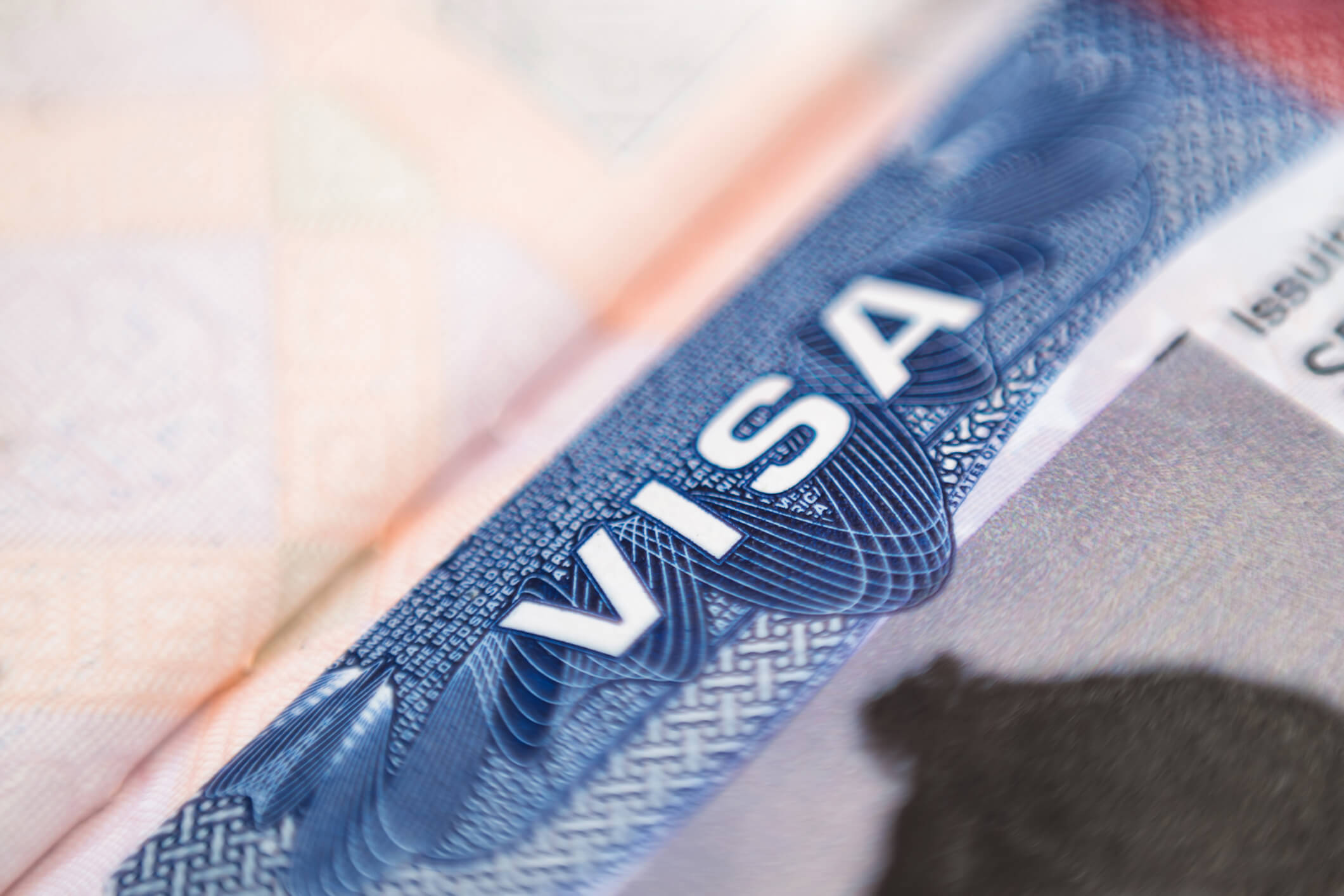U.S. Citizenship and Immigration Services (USCIS) released new data confirming that both requests for evidence (RFEs) and denials are on the rise for many nonimmigrant visa categories. The rates for RFEs and denials, which had been gradually increasing for several years, jumped sharply in fiscal year (FY) 2018, which was when President Trump released his “Buy American and Hire American” executive order.
Key Findings
The following is a summary of the key findings extracted from the data:
H-1B Petitions
| Fiscal Year | H-1B Initial Denial Rate | H-1B RFE Rate | H-1B Approved After RFE Rate |
| 2015 | 4.3 | 22.3 | 83.2 |
| 2016 | 6.1 | 20.8 | 78.9 |
| 2017 | 7.4 | 21.4 | 73.6 |
| 2018 | 15.5 | 38 | 62.3 |
| 2019 (Q1) | 24.6 | 60 | 61.5 |
- In the first quarter of FY 2019, the RFE rate jumped to 60 percent, compared to 45.6 percent in the first quarter of FY 2018.
- The rate of denials more than doubled between FY 2017 and FY 2018, and it more than tripled in FY 2018 compared to FY 2015.
- The approval rate, even after providing additional information via an RFE, has steadily dropped since FY 2015.
L-1 Petitions
| Fiscal Year | L-1 Initial Denial Rate | L-1 RFE Rate | L-1B Approved After RFE Rate |
| 2015 | 16.3 | 34.3 | 53.5 |
| 2016 | 15 | 32.1 | 55.6 |
| 2017 | 19.2 | 36.2 | 49.4 |
| 2018 | 21.2 | 45.6 | 52.9 |
| 2019 (Q1) | 25.6 | 51.8 | 52.7 |
- The increase in RFEs and denials has been more gradual for L-1 visas than it has for H-1B visas.
- In the first quarter of FY 2019, the RFE rate jumped to 51.8 percent, compared to 46.1 percent in the first quarter of FY 2018.
TN Visas
| Fiscal Year | TN Initial Denial Rate | TN RFE Rate | TN Approved After RFE Rate |
| 2015 | 4.9 | 17.3 | 74.8 |
| 2016 | 9.3 | 23.6 | 64.2 |
| 2017 | 8.4 | 22 | 64.7 |
| 2018 | 11.8 | 28.2 | 59.9 |
| 2019 (Q1) | 11.6 | 27.9 | 59.8 |
- The overall rate of TN denials increased from 4.9 percent in FY 2015 to 11.8 percent in FY 2018.
- The TN RFE rate rose from 17.3 percent in FY 2015 to 28.2 percent in FY 2018.
- While the rates for all categories in the first quarter of FY 2019 are consistent with the corresponding rates in FY 2018, they do show increased scrutiny when compared to the data for FY 2017.
Moving Forward
While the report confirmed what many already knew—that USCIS continues to increase its scrutiny of nonimmigrant visa petitions—it is also a reminder that the majority of petitions are ultimately approved. With that in mind, especially as H-1B cap season approaches, employers may want to provide detailed descriptions of the positions they are seeking to fill, as well as the qualifications of the sponsored employees who eventually fill them.
Ogletree Deakins’ Immigration Practice Group will continue to monitor developments with respect to these changes and will post updates on the Immigration blog as additional information becomes available.




